
As a bridge on the Kunming - Lao Cai - Hanoi - Hai Phong - Quang Ninh economic corridor, Lao Cai province has soon determined its mission in "awakening the Silk Road" on the Red River. Sharing with us, Mr. Bui Quang Vinh, former Minister of Planning and Investment, former Secretary of Lao Cai Provincial Party Committee, said that after the re-establishment of the province (October 1991), realizing the need to expand cooperation, Lao Cai focused on exploiting the "Silk Road" on the Red River - a bustling trade route since ancient times to develop Vietnam - China border trade, turning Lao Cai from the end of the tunnel into an international trade bridgehead, the most important economic driving force between China and Vietnam and ASEAN countries.

One of the unprecedented things that no other locality in Vietnam dared to do like Lao Cai at that time was to go to Hanoi, coordinate with the Ministry of Planning and Investment to organize the Conference "Lao Cai - a bridge to the Southwest China market". Beyond expectations, the number of businesses and economists attending the conference was very large, because they really wanted to learn about the Southwest China market, the mechanisms and policies of Lao Cai on attracting investment.
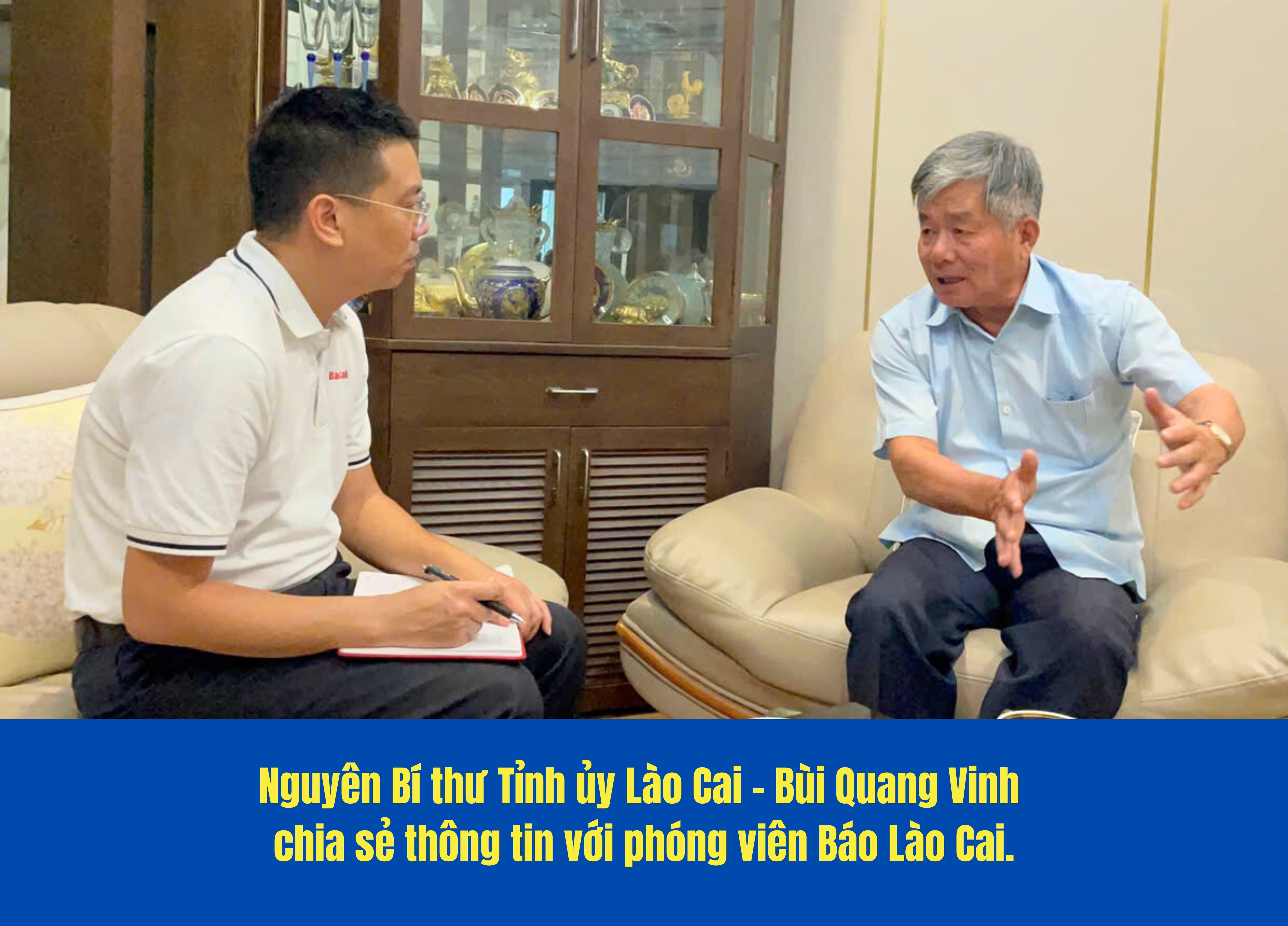
According to Mr. Bui Quang Vinh, the reason why Lao Cai decided to coordinate with the Ministry of Planning and Investment to organize the Workshop “Lao Cai - a bridge to the Southwest China market” is because at this time, China is implementing a program to greatly exploit the West. This is a golden opportunity for Lao Cai in particular, Vietnam and ASEAN countries in general to seize, and at the same time, it is also to realize Lao Cai's role as a bridge to the potential Southwest China market.
In particular, Lao Cai has proactively come up with the idea of a cross-border cooperation zone and realized the idea with the Lao Cai (Vietnam) - Hong Ha (China) Economic Cooperation Zone Project. According to Mr. Bui Quang Vinh's analysis, Lao Cai - Hong Ha has a particularly important position, located on the key traffic route of Kunming - Hai Phong, is the connecting point of the trans-Asian road and railway route: Kunming - Lao Cai - Hanoi - Hai Phong - Ho Chi Minh City - Singapore; is the center of the Kunming - Lao Cai - Hanoi - Hai Phong economic corridor and the ASEAN - China Free Trade Area.

On the other hand, after 15 years of normalizing Vietnam-China relations, the annual growth rate of import-export turnover through the Lao Cai-Hekou International Border Gate pair has increased steadily, from 25-30%/year (in 2005, it reached 350 million USD, an increase of over 100 times compared to 1992). This further affirms the role and position of the Lao Cai-Hong Ha area as an important bridge and gateway between Vietnam, ASEAN and the large Southwest market of China.

The Lao Cai - Hong Ha Economic Cooperation Zone is oriented to develop into a buffer zone, a transit center for goods of the ASEAN - China Free Trade Area as well as the Kunming - Lao Cai - Hanoi - Hai Phong economic corridor; developing trade, services, tourism and export manufacturing industry; investing in urban development and socio-economic infrastructure. Based on the development orientation, the cooperation contents between the two sides have been established, which are cooperation in infrastructure development; cooperation in exploiting the potential and strengths of each side; cooperation in supporting each other to carry out economic restructuring; support for trade promotion, trade and investment techniques; cooperation in technology transfer, science and technology development; cooperation in simple and harmonious coordination of procedures for import and export of goods, entry and exit of people and vehicles, etc.

Looking back after 20 years of implementing the Lao Cai - Hong Ha Economic Cooperation Zone Project, it shows Lao Cai's strategic vision in turning the land at the end of the tunnel into a trade bridge between Vietnam, ASEAN and China. More importantly, Lao Cai's idea has contributed significantly to shaping the economic axis of the "sharing the same river and the same idea" economy. A series of important connecting infrastructures have been invested, notably the road bridge across the Red River connecting Kim Thanh commercial area (Lao Cai) with Bac Son area (Ha Khau district, Yunnan province, China) has contributed to increasing the capacity of customs clearance and transit of goods between the two sides. Mr. Vuong Trinh Quoc, Head of the Lao Cai Provincial Economic Zone Management Board, said: If in 2001, the total value of imported and exported goods through Lao Cai - Ha Khau International Border Gate only reached nearly 210 million USD, then in the past few years it has reached 3.5 to 4.5 billion USD.
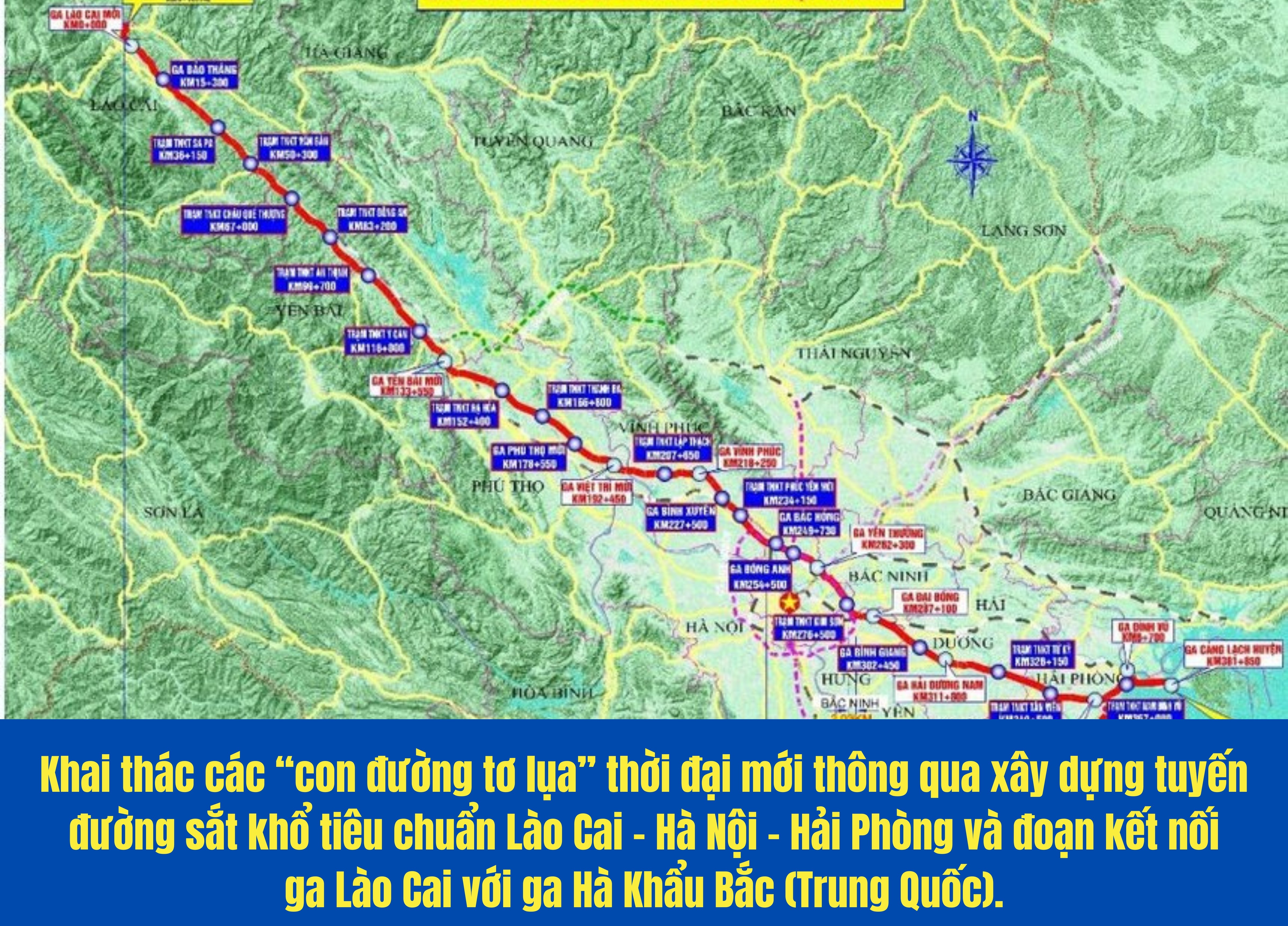
It is worth mentioning that the economic development cooperation based on the “silk road” on the Red River has accelerated the emergence of new-age “silk roads” based on vertical linkages. That is the Noi Bai - Lao Cai expressway, which has been invested in and put into operation, creating favorable conditions for localities in the region, including Lao Cai, to promote their potential and advantages, strongly attracting resources for investment and development, contributing to promoting economic growth and developing international trade.

Before the Noi Bai - Lao Cai expressway, the peak day had only 100 trucks exporting goods to China, but when the Noi Bai - Lao Cai expressway was built, it increased to 400 trucks/day. The Noi Bai - Lao Cai expressway along the Red River has become a new "silk road", bringing Vietnamese goods, especially tropical fruits from the southern provinces of Vietnam and goods from third countries exported to China through Kim Thanh Border Gate. The Hai Phong - Lao Cai - Kunming railway, built and operated for more than a century, has also become a "silk road", currently the Vietnam - China international railway, gradually meeting the domestic and international transportation needs between Vietnam and China. According to statistics from Lao Cai Railway Transport Branch (Hanoi Railway Transport Joint Stock Company), international import and export goods at Lao Cai station average 450,000 - 550,000 tons, in 2019 alone it reached more than 600,000 tons.

That said, the “silk road” on the Red River has contributed to “opening up” other “silk roads” to meet international trade. Not to mention that along the vertical axis of the “silk road”, the Noi Bai – Lao Cai expressway is forming horizontal connecting routes so that goods from the provinces can “merge” into this expressway to go to the Chinese market and vice versa.

The potential, advantages, and even opportunities are very clear, but the question is how to exploit these “silk roads” to the maximum extent? Associate Professor, Dr. Ta Van Loi, Director of the Institute of International Trade and Economics (School of Business, National Economics University) said: There needs to be a connection between the provinces and cities along the Red River of Vietnam and with Yunnan Province (China) on the basis of “sharing the same river and ideas”, in which Lao Cai must be the connection center, the trade bridge on the “silk roads”.

This is clearly shown in Resolution No. 11-NQ/TW of the Politburo on "Orientation for socio-economic development, ensuring national defense and security in the midland and mountainous areas of the North to 2030, with a vision to 2045" which determined "... to turn Lao Cai into a center for economic trade connection between Vietnam and ASEAN countries with the Southwest China region" and the Plan to implement the construction of Lao Cai into a center for economic trade connection between Vietnam and ASEAN countries with the Southwest China region according to Decision 1620 of the Prime Minister.

In fact, Lao Cai has proactively implemented contents to realize the goal of turning Lao Cai into a center for economic trade connection between Vietnam and ASEAN countries with the Southwest region of China, such as focusing on perfecting mechanisms, policies, and orientations for the province's development in association with strengthening regional linkages; researching and proposing the Central Government to issue a number of mechanisms and policies to attract more resources for development, focusing on specific mechanisms and policies to exploit the province's potential and advantages in economic development, international cooperation with Yunnan province, the Southwest region (China) and ASEAN; the Kunming - Lao Cai - Hanoi - Hai Phong economic corridor is piloting the construction of a cross-border economic zone according to the orientation in Resolution 11-NQ/TW.
The advantage for Lao Cai in particular and the provinces and cities along the Red River in general is that the Central Government has agreed and directed to accelerate the implementation of important projects of regional and international connectivity, in order to exploit the new era "silk roads", such as starting the construction of the Lao Cai - Hanoi - Hai Phong standard gauge railway and the section connecting Lao Cai station with Ha Khau Bac station (China); upgrading the Noi Bai - Lao Cai expressway from Yen Bai to Lao Cai to a scale of 4 lanes. For the "silk road" on the Red River, the waterway (Red River) Hanoi - Viet Tri - Lao Cai is 365.5km long, according to the Planning for the development of inland waterway transport to 2020 and orientation to 2030 of the Ministry of Transport (now the Ministry of Construction), will focus on investing in international intermodal routes, regional connecting routes, including the Viet Tri - Lao Cai route to promote economic development.

According to the Lao Cai Provincial Planning for the period 2021-2030, with a vision to 2050, it is determined that: The dynamic economic axis along the Red River plays the role of the "nucleus" for the spatial connection of development for the two development poles; three key economic regions of the province. The planning map of the dynamic economic axis along the Red River in the North - South direction with two development poles and three important economic regions of the province. The dynamic economic axis developing along the Red River connects with 9 provinces and cities in the downstream; coinciding with the economic corridor of Kunming - Lao Cai - Hanoi - Hai Phong - Quang Ninh. The content is the planning, construction of infrastructure, urban chains, production and service centers that play the role of connecting the three economic regions of the province, connecting regions and inter-regions. Lao Cai has identified the key tasks in that planning.

First of all, there is a vertical axis of the Red River running from Lung Po to the end of Lao Cai province with a length of about 128 km. Two growth poles, one pole is connected to the border gate, the border is connected to foreign relations with the neighboring country of Yunnan. The other pole is in the South along the economic corridor of Kunming - Hai Phong - Quang Ninh.

To create regional connectivity and build a dynamic economic axis "sharing the same river and ideas", Lao Cai has had many creative ideas, including the organization of the series of events Meeting 2025: Lao Cai - Center for connecting trade between Vietnam/ASEAN and Southwest China, which has recently been highly appreciated by government leaders, international organizations, the business community, and domestic and foreign economic groups.

Mr. Pham Tan Cong, Chairman of the Vietnam Federation of Commerce and Industry (VCCI), commented: The series of events Meet 2025 demonstrates Lao Cai's political determination and concrete actions to turn comparative advantages into competitiveness, becoming a center for connecting economic trade between Vietnam and ASEAN countries with the Southwest region of China. With its proactiveness as well as the inevitable requirements of international economic cooperation, Lao Cai has great potential and advantages to participate in the global supply chain and stimulate the development of logistics in the Red River Delta economic corridor, while also being a connecting center along the Red River, contributing to realizing the idea of building a dynamic economic axis "sharing the same river, the same idea".
Source: https://baolaocai.vn/tu-con-duong-to-lua-tren-song-hong-den-truc-kinh-te-dong-luc-chung-dong-song-cung-y-tuong-bai-cuoi-truc-kinh-te-dong-luc-chung-dong-song-cung-y-tuong-post399500.html


![[Photo] Queen of the Kingdom of Belgium and the wife of President Luong Cuong visit Uncle Ho's Stilt House](https://vstatic.vietnam.vn/vietnam/resource/IMAGE/2025/4/1/9752eee556e54ac481c172c1130520cd)


![[Photo] Official welcoming ceremony for the King and Queen of the Kingdom of Belgium](https://vstatic.vietnam.vn/vietnam/resource/IMAGE/2025/4/1/9e1e23e54fad482aa7680fa5d11a1480)
![[Photo] President Luong Cuong meets with King Philippe of Belgium](https://vstatic.vietnam.vn/vietnam/resource/IMAGE/2025/4/1/1ce6351a31734a1a833f595a89648faf)
![[Photo] President Luong Cuong and the King of Belgium witness the Vietnam-Belgium document exchange ceremony](https://vstatic.vietnam.vn/vietnam/resource/IMAGE/2025/4/1/df43237b0d2d4f1997892fe485bd05a2)

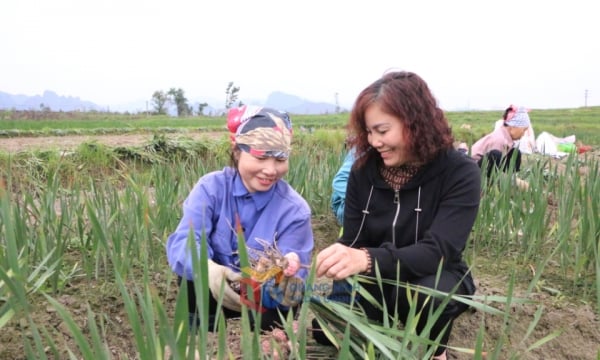
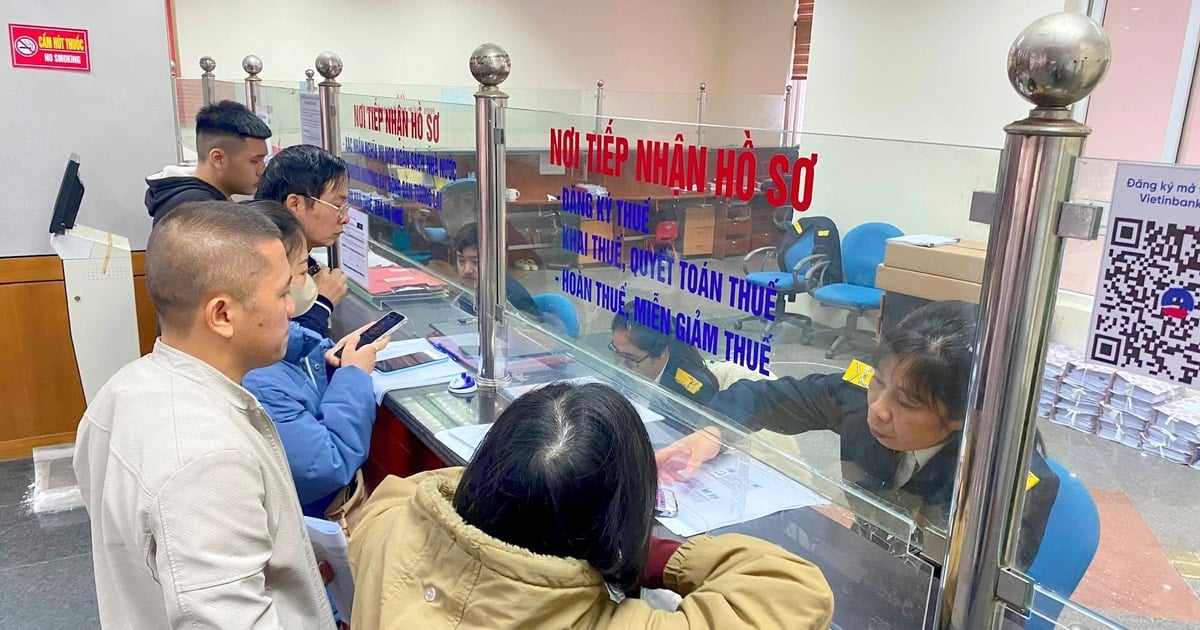
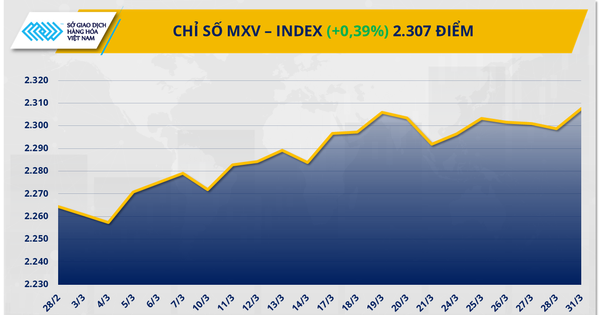
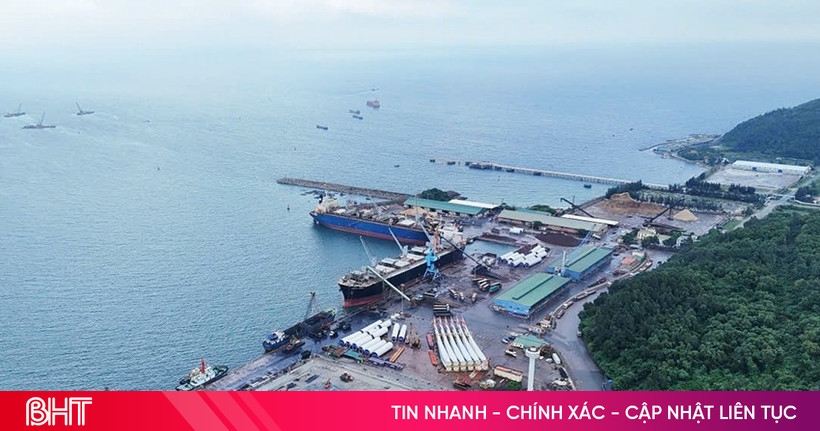
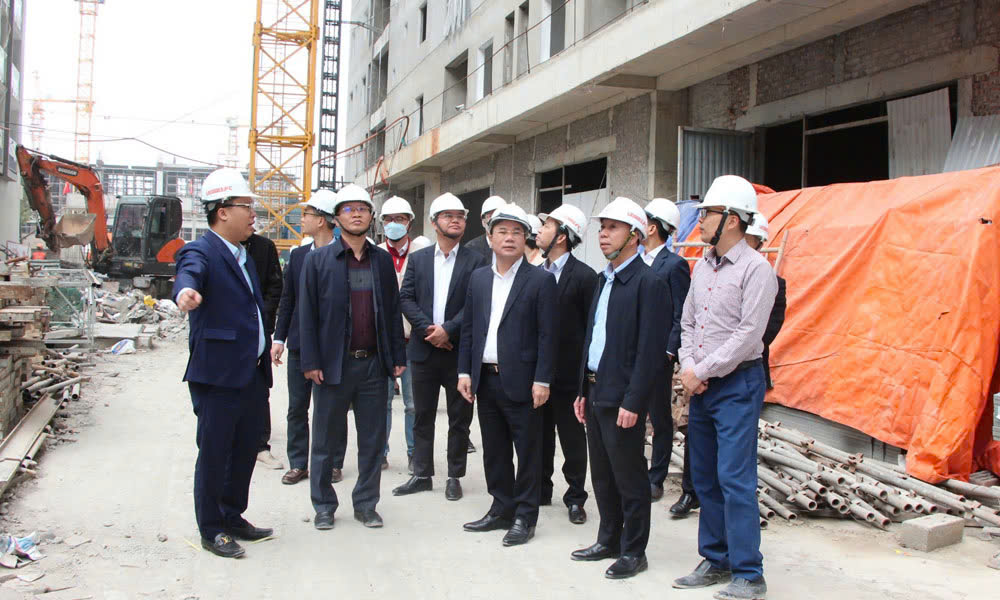





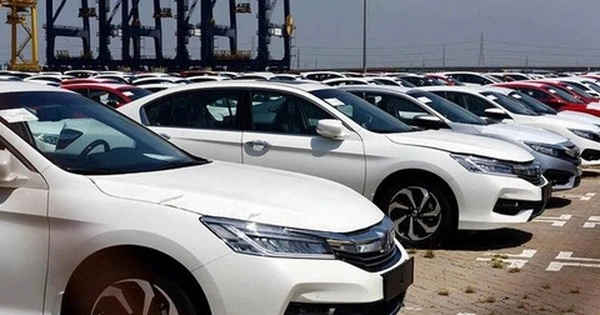
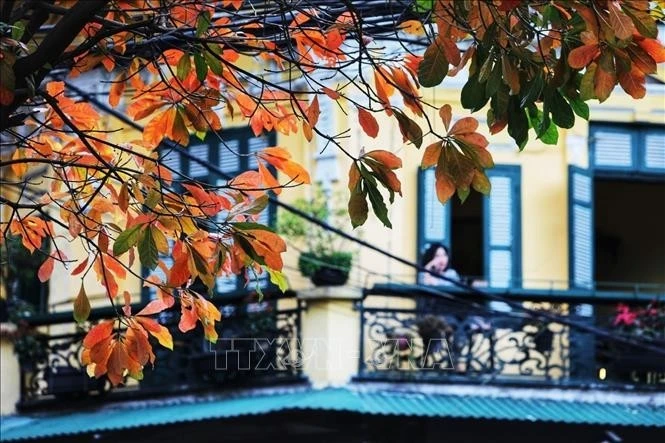
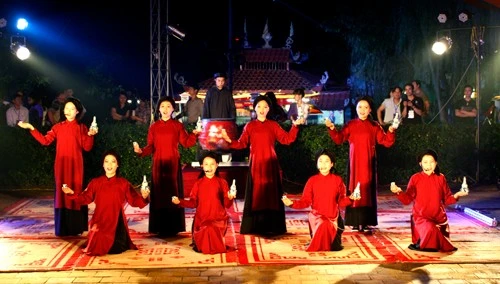









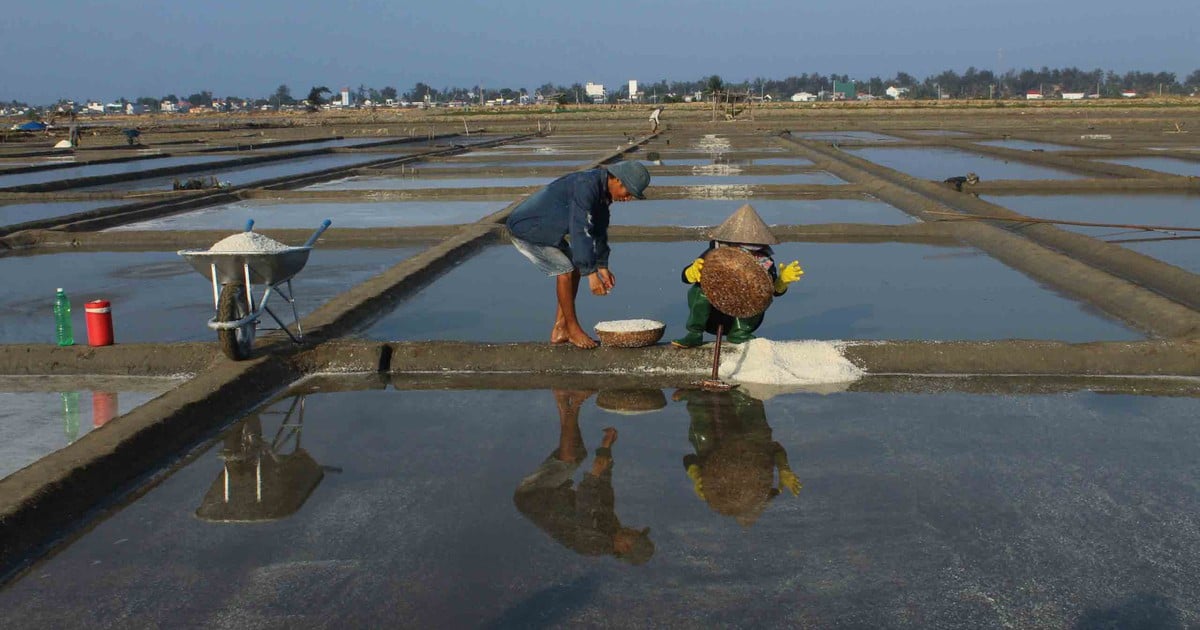

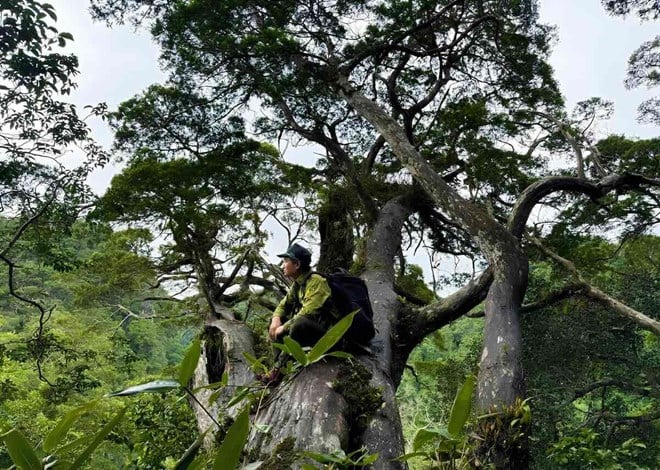






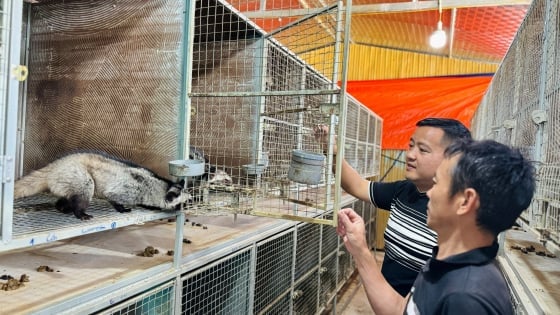

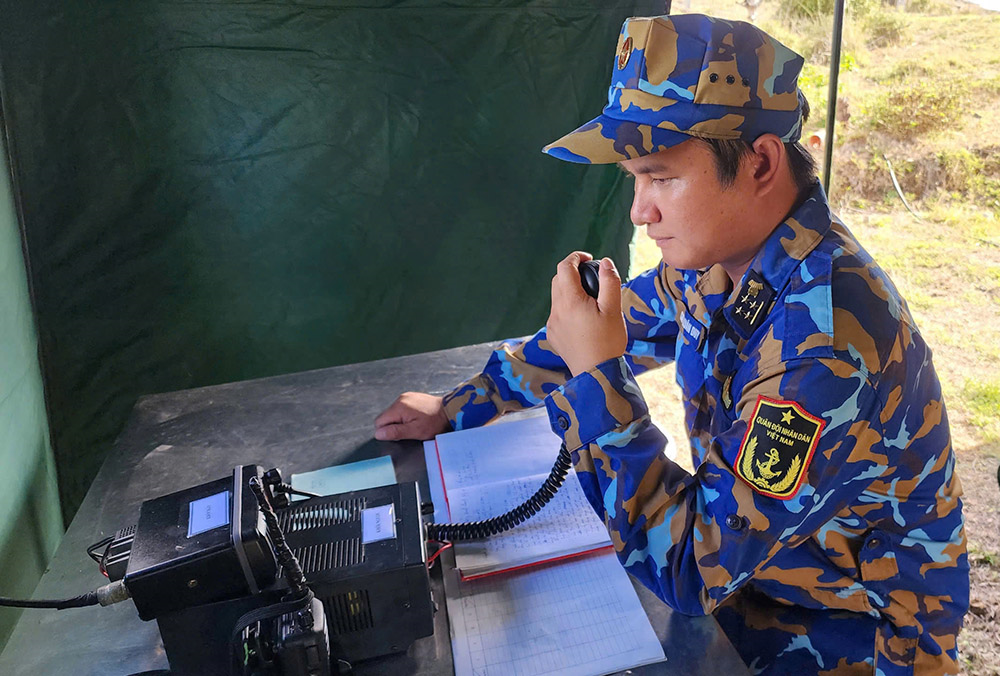










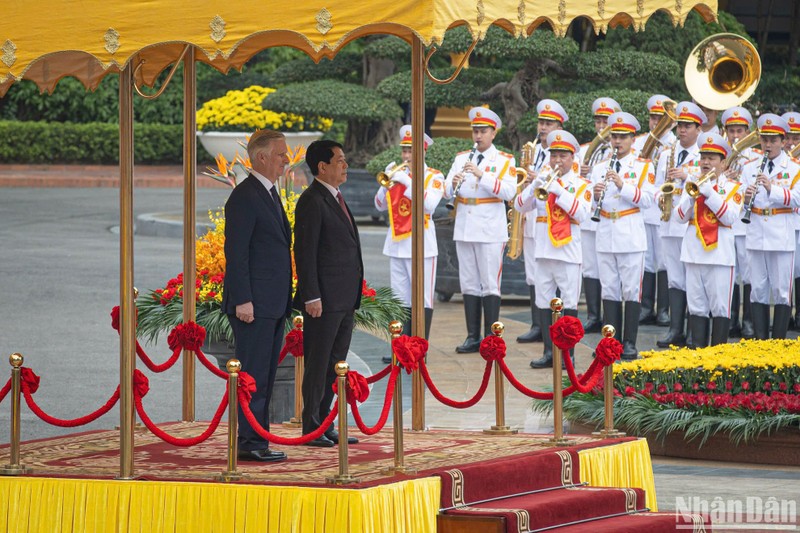
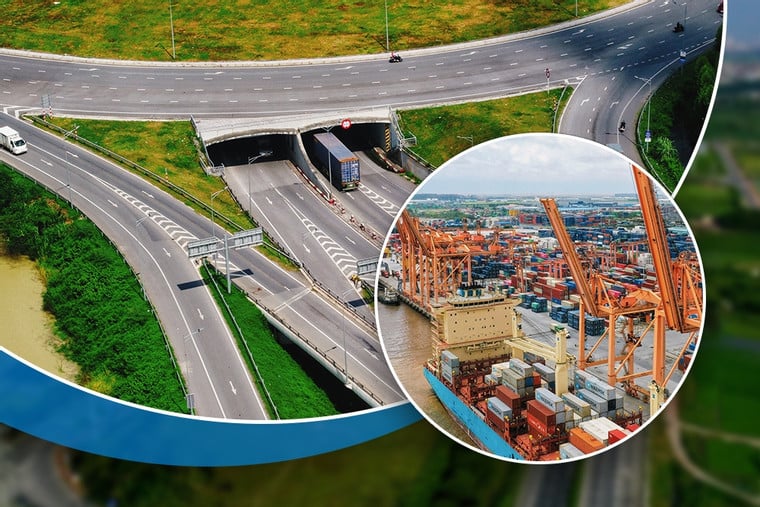

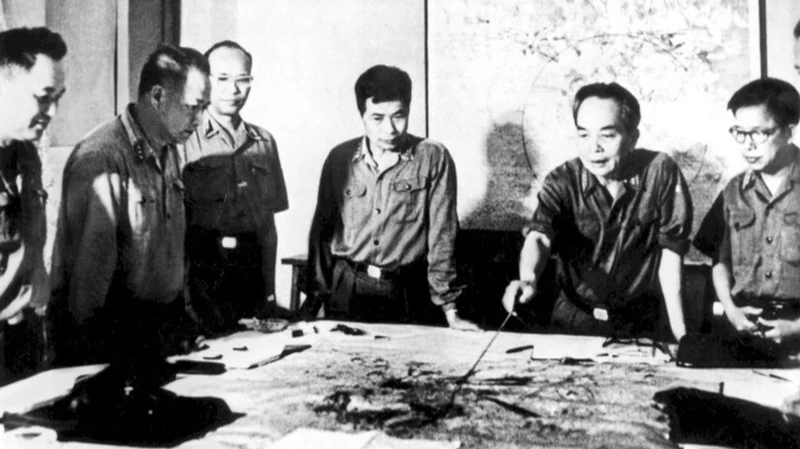
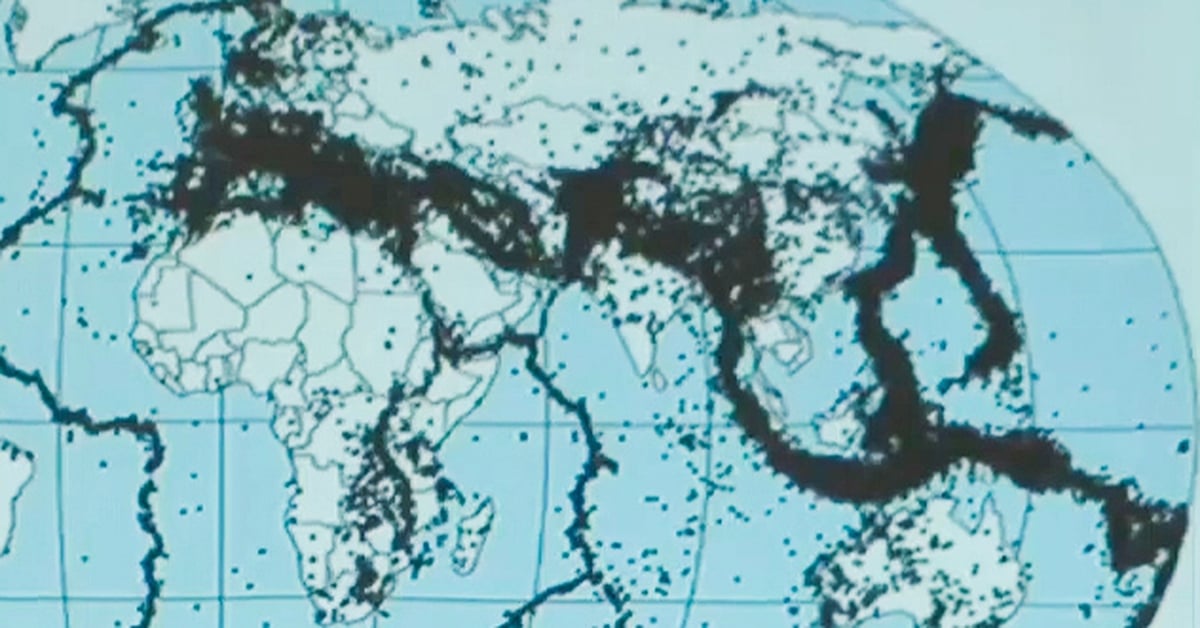

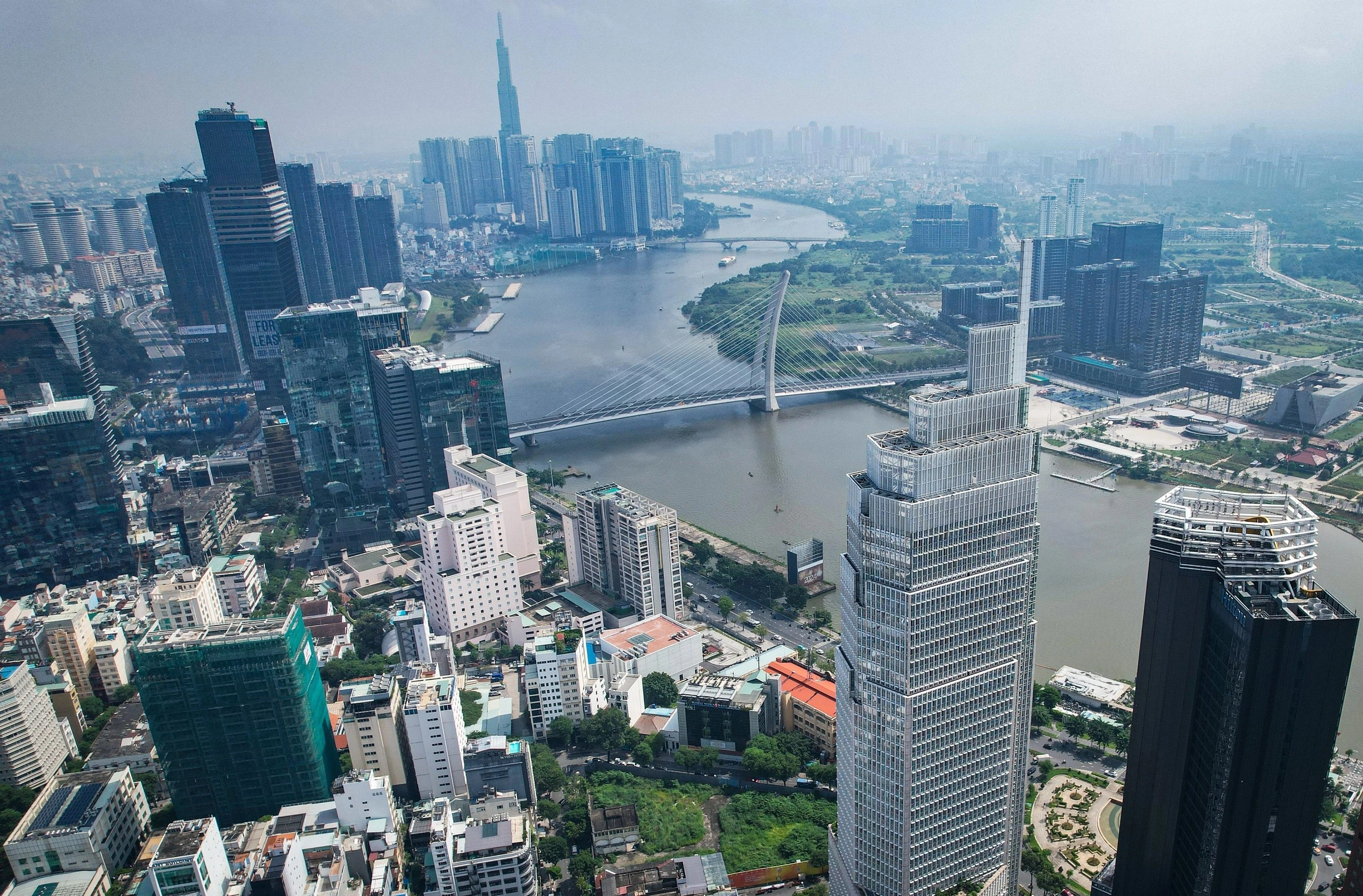


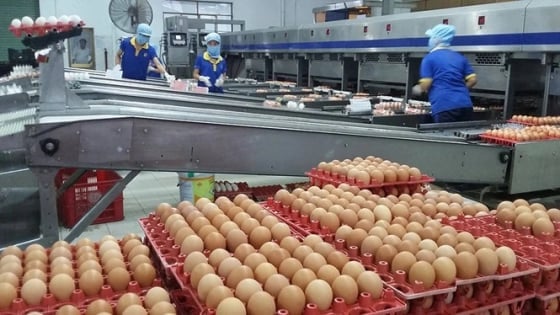

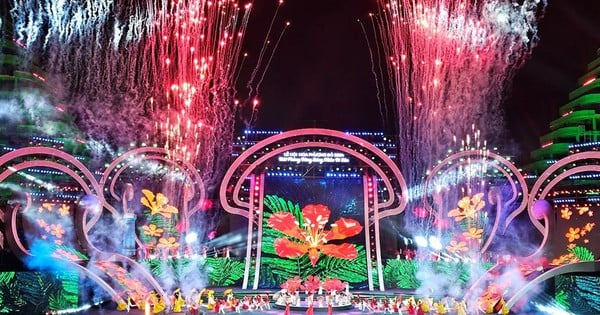
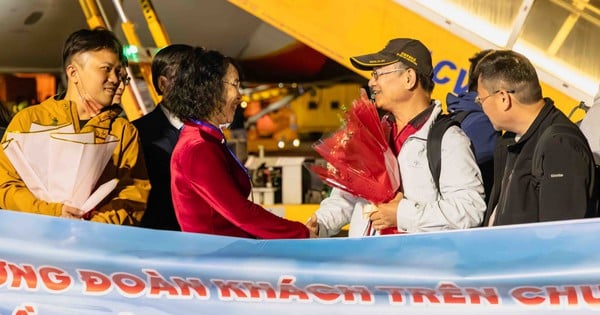
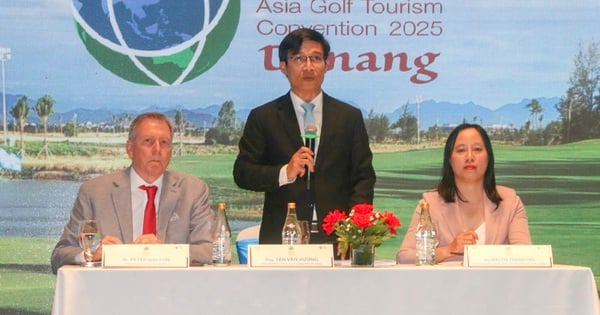
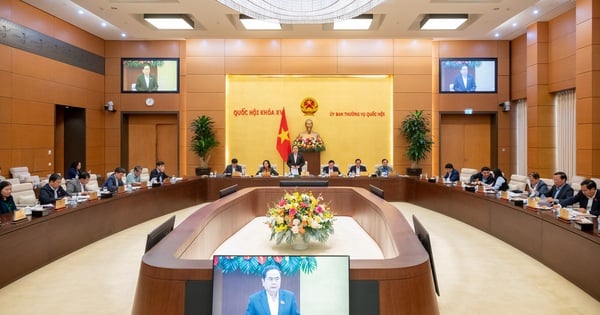
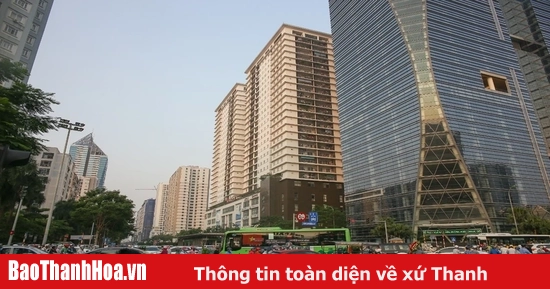


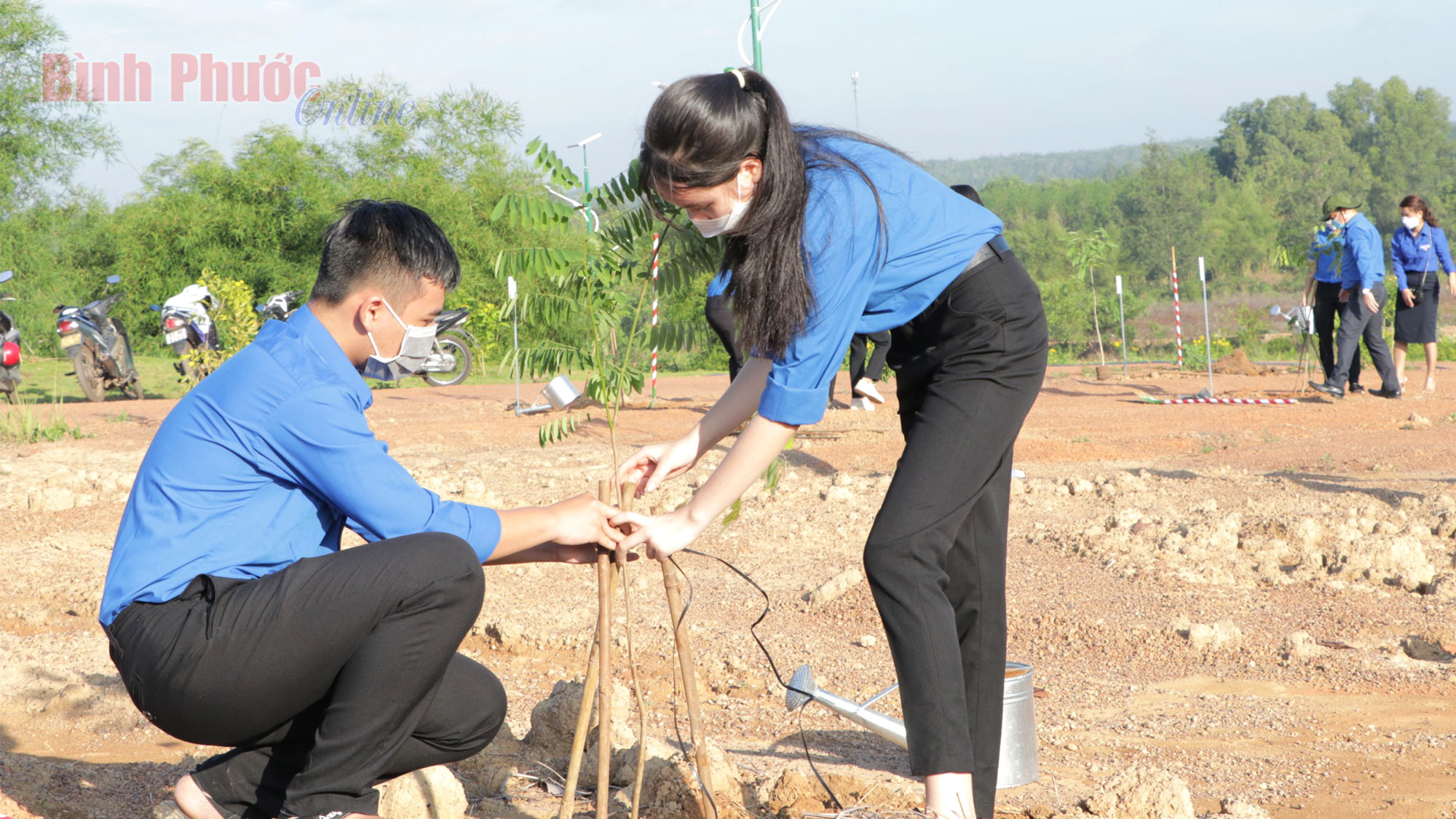
















Comment (0)